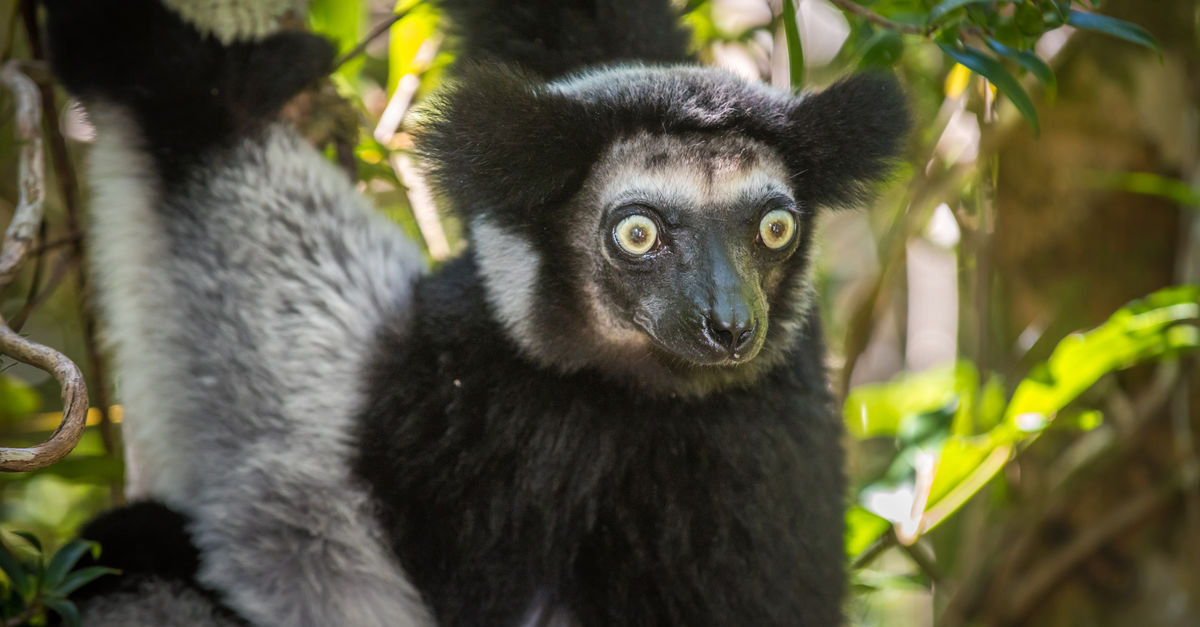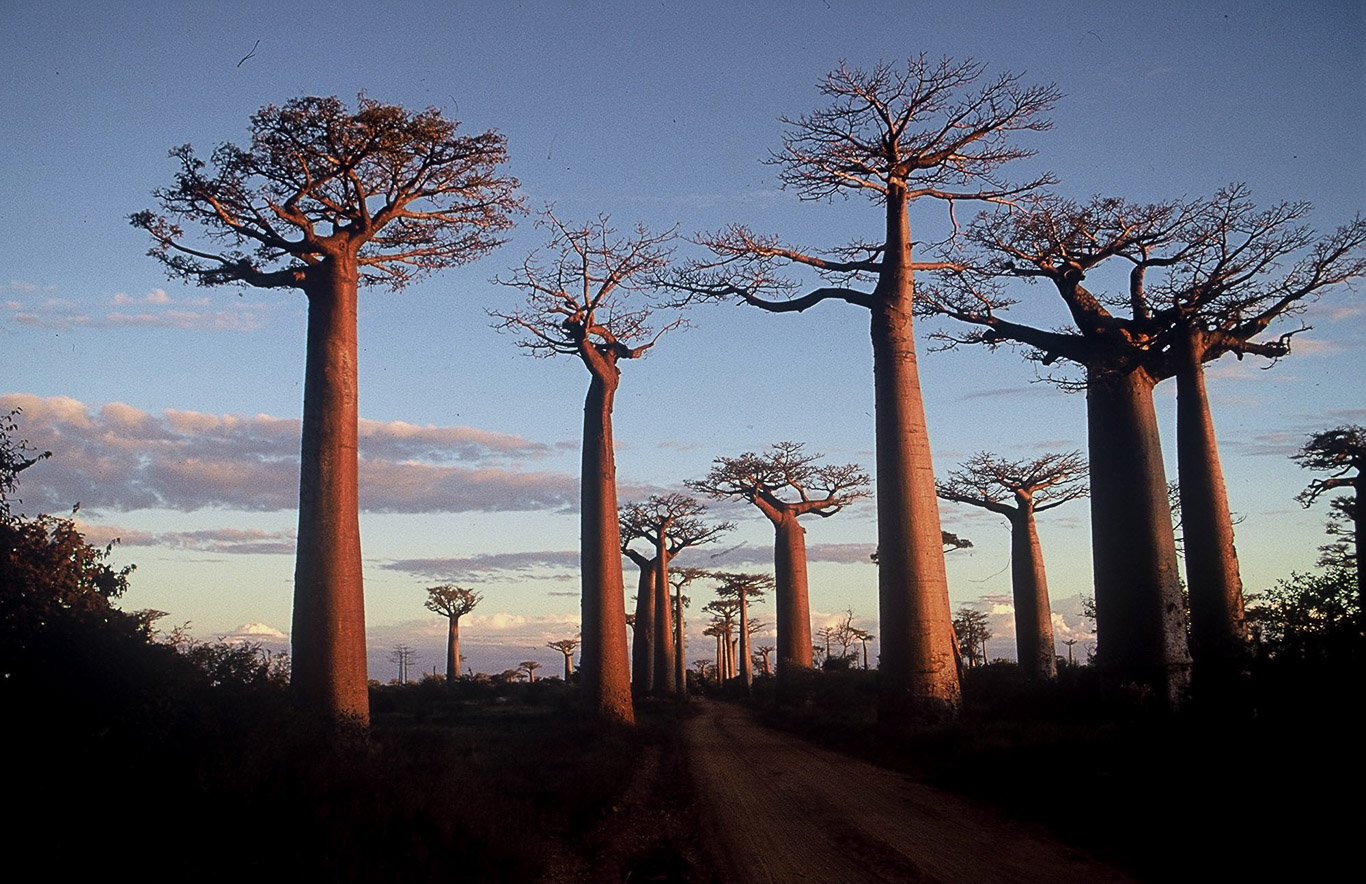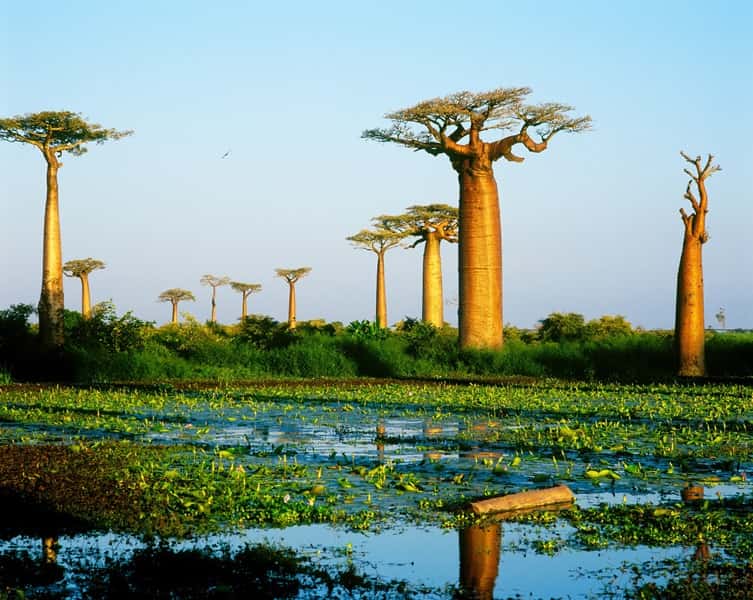Unveiling the Wonders of Madagascar: A Journey Through History, Culture, and Geography
BlogTable of Contents
- Extension: Madagascar - Worldwide Navigators
- What To Do In Madagascar Africa - Madagascarcharm.com
- Madagascar - Madagascar Photo (793129) - Fanpop
- Complete guide to Madagascar - Lonely Planet | Africa
- Madagascar travel - Lonely Planet
- What is Madagascar Famous For | A to Z of Madagascar | Wild Frontiers
- Madagascar - The Africa Adventure Company
- Madagascar Tours | Small Group Adventure Holidays to Madagascar ...
- Madagascar Travel Guide (Everything You Need To Know)
- 15 Madagascar Facts - History, Location, Economy & More | Facts.net



A Brief History of Madagascar



Population and Languages



Map and Geography
Madagascar is the fourth-largest island in the world, with a total area of approximately 592,800 square kilometers. The island is characterized by a diverse geography, featuring rainforests, deserts, and mountains. The Tsingy de Bemaraha National Park, a UNESCO World Heritage Site, is home to a unique limestone karst landscape known as "tsingy." The park is also home to a variety of flora and fauna, including lemurs, fossa (Madagascar's top predator), and a wide range of bird species.
Interesting Facts About Madagascar
Madagascar is home to a unique array of wildlife, including lemurs, fossa, and a variety of bird species. The island is known for its rich mineral resources, including sapphires, rubies, and ilmenite. Madagascar is one of the poorest countries in the world, with a significant portion of the population living below the poverty line. The country has a diverse economy, with major industries including agriculture, mining, and tourism. Madagascar is home to a number of UNESCO World Heritage Sites, including the Tsingy de Bemaraha National Park and the Royal Hill of Ambohimanga. Madagascar is a country that offers a unique blend of history, culture, and geography. From its distinct wildlife to its rich cultural heritage, Madagascar is a destination that is sure to fascinate and inspire. Whether you are a traveler, researcher, or simply someone interested in learning more about this incredible island nation, Madagascar is a place that is sure to capture your imagination. With its growing tourism industry and diverse economy, Madagascar is a country that is poised for growth and development, while still maintaining its unique cultural identity.For more information about Madagascar, visit Britannica, a trusted source of information on history, culture, and geography.